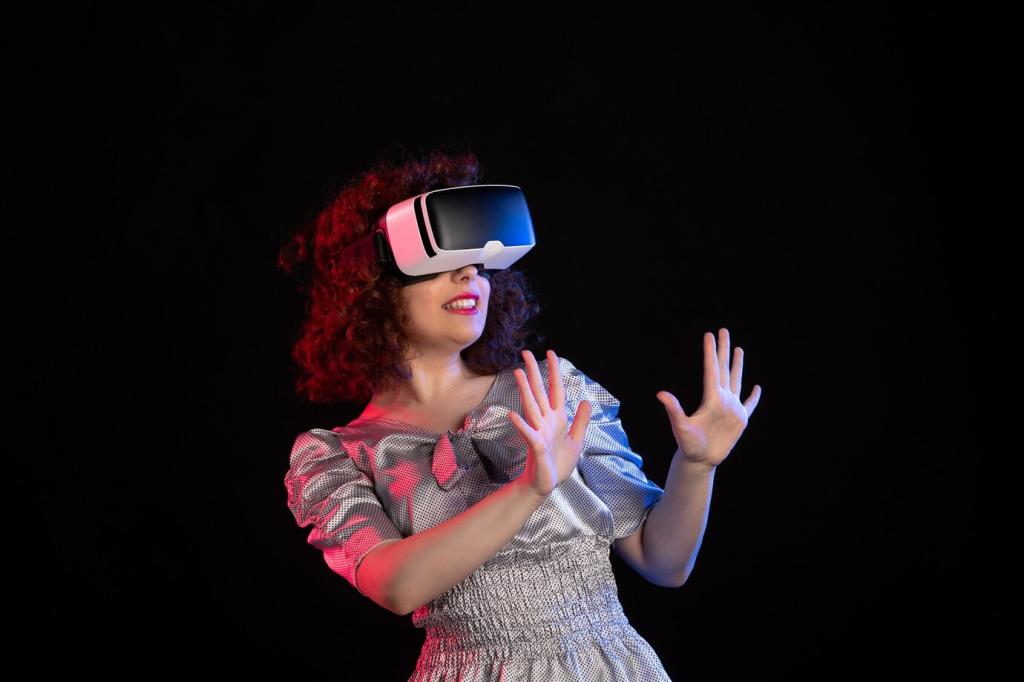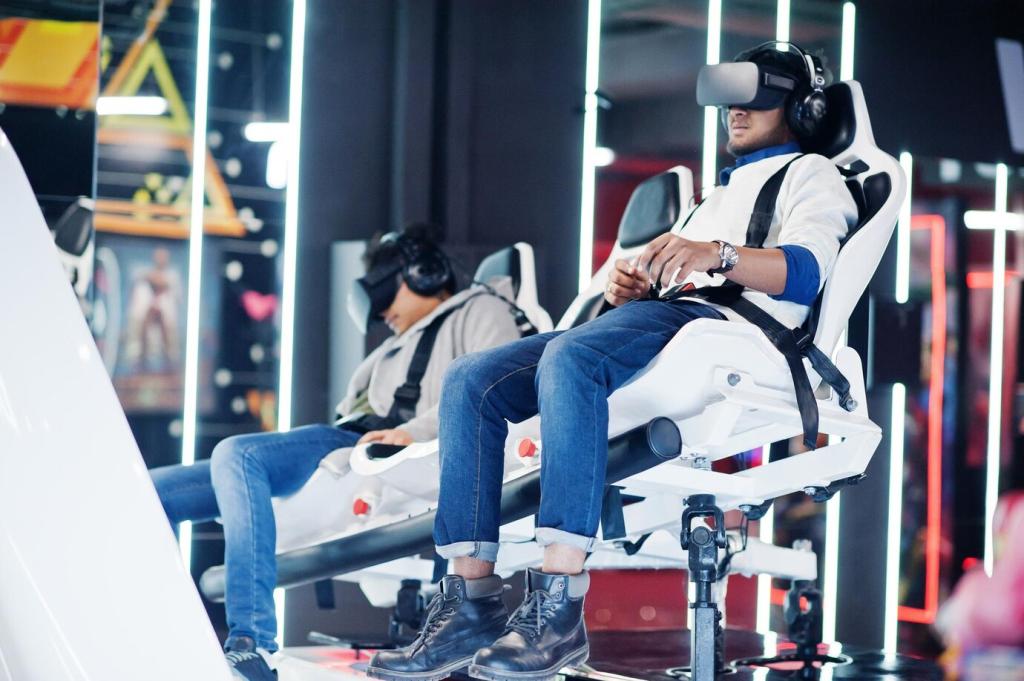Advanced AI Home Theaters: Smarter Cinema at Home
Chosen theme: Advanced AI Home Theaters. Step into a living room that thinks with you—learning your tastes, your room, and your routines—so every movie night feels masterfully tuned, delightfully effortless, and uniquely yours. Share your setup goals to get personalized tips.

AI models analyze scene composition, dialogue density, and motion intensity, then adjust object-based audio and HDR tone mapping accordingly. Explosions gain controlled punch, whispers gain clarity, and dark sequences preserve detail without crushing shadows or blowing out highlights.
Defining the Advanced AI Home Theater
Microphone arrays that map your room’s fingerprint
A quick sweep emits test tones while mic arrays capture impulse responses at multiple seats. AI separates room modes from speaker character, identifying troublesome frequencies and smoothing them with targeted filters, preserving musicality while eliminating boomy corners.
Smart speaker layout detection and crossover tuning
Systems detect speaker distances, heights, and angles, then propose crossovers and trim levels that avoid localization gaps. Upfiring modules are validated against ceiling height and material, ensuring Atmos effects arc convincingly instead of splashing unpredictably.
Vision-led screen and projector calibration
A camera reads color patches and gamma curves while AI aligns white balance, peak brightness, and tone curve to your projector’s characteristics. The result is clean shadow detail, punchy highlights, and colors that feel cinematic rather than showroom vivid.
Immersion Engine: Picture, Sound, and Feel
When content isn’t native Atmos or DTS:X, AI upmixing extracts cues from ambiences, foley, and music stems to build height and surround fields tastefully. It adds dimension without smearing imaging or turning quiet dramas into swirling sonic soups.
Immersion Engine: Picture, Sound, and Feel
Frame-by-frame analysis tailors HDR to your screen’s capabilities, preventing dim projectors from losing midtones or bright TVs from clipping highlights. Firelight glows naturally, neon signs pop cleanly, and starfields remain precise instead of becoming gray haze.


Issue natural commands like “quiet the bass for the baby” or “sharpen dialogue,” and the system translates intent into precise audio-video adjustments. Local processing keeps sensitive data inside the home whenever possible, minimizing cloud exposure.

Stories from Real Living Rooms

The townhouse with echo and an open staircase
Maya’s living room had glass railings and a stairwell that swallowed dialogue. After calibration, dialogue lift and adaptive early-reflection control made voices feel anchored to the screen, even with her old sofa tucked awkwardly off-center.

Parents, newborn, and the midnight movie compromise
When their baby arrived, Alex and June switched to night mode. The system preserved impact using psychoacoustic bass tricks while compressing only disruptive peaks. They finished films without jolting the nursery—or sacrificing cinematic momentum.

Small apartment, big adventure gaming
Jin feared latency from processing. The system’s game profile prioritized low-latency paths, lightly shaping surrounds and HDR without introducing delay. Footsteps felt positional, explosions tight, and controller response immediate—no trade-off between speed and spectacle.
What’s Next—and How You Can Shape It
Watch for advances in object-based audio formats and Matter-enabled device coordination. Seamless handshakes between screens, speakers, and automation hubs reduce setup friction so innovation reaches you as simple, reliable upgrades rather than weekend-long projects.
Join our mailing list
